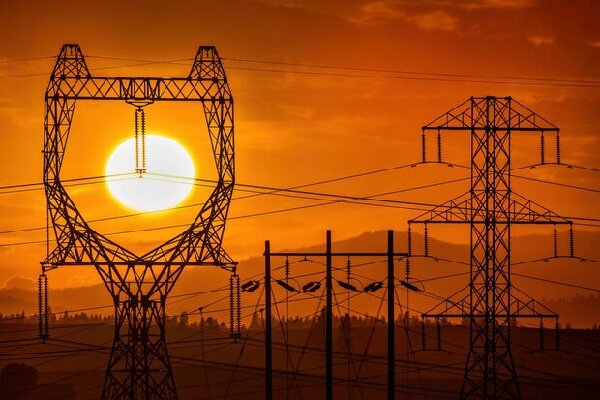Iran’s energy sector is facing mounting challenges in meeting the targets set under the Seventh Development Plan, as drought, weak hydropower generation and surging electricity demand strain both supply and management capacities. A recent report by the Parliament Research Center warns that without stronger executive action, most of the plan’s energy-related goals will remain out of reach.
According to the report, several environmental and structural factors have undermined the expansion of electricity generation capacity. Drought conditions have significantly reduced the performance of hydroelectric plants, while the broader grid has struggled to keep up with the pace of consumption growth. The Seventh Development Plan envisions a capacity increase of 13.2 gigawatts in the current Iranian year (March 2025-March 2026) and a further 4.3 gigawatts in the next calendar year. However, the current trajectory suggests that these targets are unlikely to be achieved.
A key concern highlighted in the report is the rising “peak demand” — a factor that directly pressures generation and transmission systems. The plan mandates the government to adopt “demand-side” strategies, such as energy efficiency and consumption management, in parallel with expanding supply. For the previous year, peak electricity demand was projected to rise by 5.4 gigawatts, yet actual consumption exceeded this by an additional 2 gigawatts. This overshoot has intensified the strain on the grid and underscores the urgency of implementing effective demand management policies.
Despite the central role assigned to demand-side efficiency in Chapter 9 of the Seventh Plan — which prioritizes energy optimization — the report notes that “no measurable progress” has been recorded in this area. Experts warn that the failure to improve efficiency could compound the financial and technical challenges faced by the energy sector, leading to more frequent power shortages and greater dependence on fossil-fuel-based generation.
The report also reviews progress in the oil and gas sector, where performance, though mixed, is relatively better than in electricity. Targets for boosting production from joint oil and gas fields and expanding condensate output have not been fully met. Nonetheless, the report acknowledges that a significant portion of production objectives has been achieved, reflecting stronger institutional coordination and higher investment levels compared with the electricity sector.
In contrast, energy trade and consumption management remain weak points. The absence of coherent pricing reforms, the slow pace of energy subsidy rationalization and limited incentives for efficiency have all contributed to persistent imbalances. Observers argue that without structural reform, Iran’s energy system risks becoming more vulnerable to both domestic inefficiencies and external shocks, particularly as global energy markets continue to shift toward renewables.
The Parliament Research Center concludes that, given the current pace of implementation, the Seventh Development Plan’s energy objectives are “unlikely to be realized.” The report calls for an integrated policy response — combining investment in renewable capacity, modernization of transmission infrastructure and robust demand-side management — to bridge the growing gap between production targets and consumption realities.


